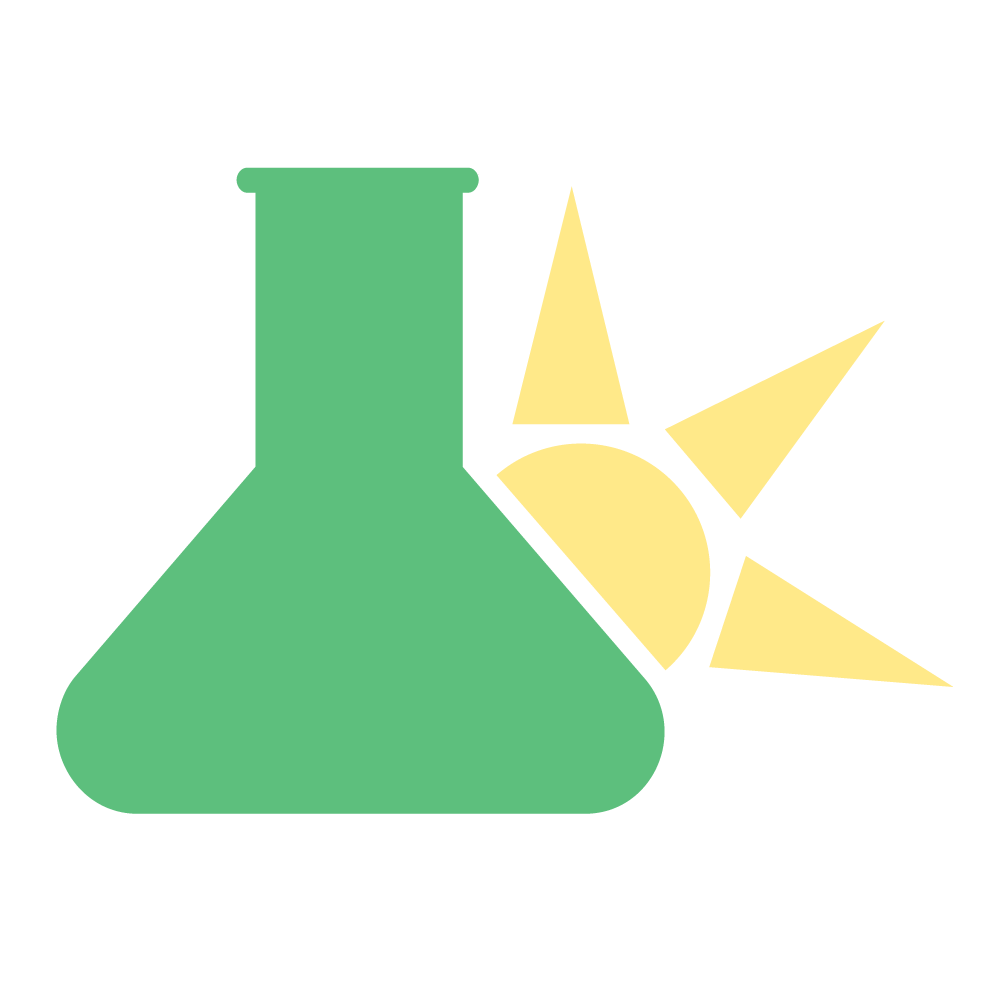What is Graviola?
Graviola is a large tropical tree with a rich history of traditional use for conditions like cancer, parasitic infection, insomnia, and dysentery. Modern use remains very similar, mainly focusing on tension headaches and muscle aches, insomnia, diabetes, cancer, hypertension, and parasitic infection.
Although the entire plant has been used as medicine by various traditional medical systems, the most common form the plant is available in today is as a leaf extract, and raw leaves intended for tea.
Graviola is gaining in popularity outside worldwide as a general health supplement, blood sugar regulator, and anticancer agent. As a result, it's getting easier to find the herb as time goes on. It is likely this tea will become a staple in Western herbal medicine in the coming years.
Featured Graviola
How Is Graviola Used?
Graviola is mainly used as an adjunctive treatment for cancer, especially leukemia and other haematological cancers, as well as prostate, colon, and breast cancers.
Graviola is also popular as an anti-diabetic herb, and can be used to reduce hypertension, especially in combination with diabetes or metabolic syndrome.
Graviola is a potent anti-parasitic, useful for a wide range of different parasitic species, including worms, protozoa, and bacterial parasites.
Traditional Uses of Graviola
+ South America
Graviola originated from South America and/or the Carribean. All parts of the plant were used as medicine for a wide range of conditions.
The most common use of the plant appears to involve cancer treatment and parasitic infection.
The darkest leaves on the plants were used primarily as a sedative or antispasmodic. They were used to treat insomnia, arthritic pains, colic, dysentery, muscle aches, headaches, and diabetes. The leaves were often placed inside a pillow or bedsheets to improve sleep.
In Brazil, the leaves were made into a tea for treating various liver conditions. The oil of the leaves and unripe fruits were used topically for treating neuralgia, and arthritis.
In Peru, the leaves were used to treat excess catarrh, and the bark and root were used for treating diabetes, insomnia, and muscle aches.
In Guyana, the leaves were used as a heart tonic.
+ Southeast Asia
In Southeast Asia, graviola was an important treatment for malaria. It was made into candies, ice cream, and syrups for treating malaria and other parasites.
Herb Details: Graviola
Herbal Actions:
- Anticancer
- Antinflammatory
- Antioxidant
- Antispasmodic
- Anticonvulsant
- Antidepressant
- Antidiabetic
- Antibacterial
- Antiarthritic
- Antilithic
- Antimalarial
- Bradycardic
- Digestive stimulant
- Febrifuge
- Hepatoprotective
- Hypotensive
- Sedative
- Vasodilator
Weekly Dose
- (1:2 Liquid Extract)
40-80 mL - View Dosage Chart
Part Used
- Leaves
Family Name
- Annonaceae
Distribution
- North & South America, The Caribbean, Indonesia, Western Africa, Pacific Islands
Constituents of Interest
- Acetogenins
- Alkaloids (reticulin, coreximine, coclarine and anomurine)
- Essential oils (β-caryophyllene, δ-cadinene, epi-α-cadinol and α-cadinol)
- Quercetin
Common Names
- Graviola
- Custard Apple Tree
- Soursop
- Annona
- Guanabana (South America)
Quality
- Cool*
Pregnancy
- Unknown
Taste
- Sour
Duration of Use
- Avoid long term use.
Botanical Information
Graviola is a large tree, growing to a height of 10m. It requires high humidity, warm weather, and high annual rainfall in order to thrive. It produces large, edible fruits with an acidic taste (hence the common name soursop).
There are over 130 different genera in the Annonaceae family, and around 2300 different species. The Annona genus itself has about 70 different species. Annona muricata is the most commonly grown worldwide.
Phytochemistry
There are over 100 annonaceous acetogenins in the plant, which are considered to be the primary active constituents of the plant. Structurally these chemicals are derivatives of long chain (C35 or C37) fatty acids. These compounds are cytotoxic against tumour cell lines, and molluscicidal.
Graviola is also rich in alkaloids, saponins, terpenoids, flavonoids, coumarins, lactones, anthraquinones, tannins, cardiac glycosides, phenols, and phytosterols.
+ Complete Phytochemical Makeup
Annonaceous Acetogenins
The leaves contain annomuricins A and B, gigantetrocin A, annonacin-10-one, muricatetrocins A and B, annonacin, goniothalamicin, muricatocins A and B, annonacin A, (2,4-trans)-isoannonacin, (2,4-cis)-isoannonacin, annomuricin C, muricatocin C, gigantetronenin, annomutacin, (2,4-trans)-10R-annonacin-A-one, (2,4-cis)-10R-annonacin-A-one, annopentocins A, B and C, cis- and trans-annomuricinD-ones, annomuricine, muricapentocin, muricoreacin and murihexocin C and annocatacin A and B.
Alkaloids
Graviola contains reticulin, coreximine, coclarine and anomurine.
Essential Oils
Graviola contains β-caryophyllene, δ-cadinene, epi-α-cadinol and α-cadinol.
Clinical Applications Of Graviola:
Graviola is useful for parasitic infection, including protozoan, and helminth parasites. It's used as a mild sedative and antispasmodic, and can be very useful for gastrointestinal inflammation and dysbiotic conditions.
Graviola is also a popular treatment for diabetes by slowing lipid per-oxidation, and restoring islet beta-cells in the pancreas.
It's commonly used as an adjunctive treatment of cancer, especially haematological cancers and colon cancer.
Cautions:
Graviola has been reported to increase symptoms of Parkinson's Disease.
Caution advised in combination with other hypoglycaemic drugs due to potential additive effect.
+ Contraindications
- May exacerbate Parkinson's Disease symptoms (Acetogenin content)
- Caution advised in combination with other hypoglycemic drugs due to potential additive effect.
Recent Blog Posts:
References:
Moghadamtousi, S. Z., Fadaeinasab, M., Nikzad, S., Mohan, G., Ali, H. M., & Kadir, H. A. (2015). Annona muricata (Annonaceae): a review of its traditional uses, isolated acetogenins and biological activities. International journal of molecular sciences, 16(7), 15625-15658.
De Sousa, O. V., Vieira, G. D. V., De Pinho, J. D. J. R., Yamamoto, C. H., & Alves, M. S. (2010). Antinociceptive and anti-inflammatory activities of the ethanol extract of Annona muricata L. leaves in animal models. International journal of molecular sciences, 11(5), 2067-2078.
Torres, M. P., Rachagani, S., Purohit, V., Pandey, P., Joshi, S., Moore, E. D., ... & Batra, S. K. (2012). Graviola: a novel promising natural-derived drug that inhibits tumorigenicity and metastasis of pancreatic cancer cells in vitro and in vivo through altering cell metabolism. Cancer letters, 323(1), 29-40.
Coria-Tellez, A. V., Montalvo-Gónzalez, E., Yahia, E. M., & Obledo-Vázquez, E. N. (2016). Annona muricata: A comprehensive review on its traditional medicinal uses, phytochemicals, pharmacological activities, mechanisms of action and toxicity. Arabian Journal of Chemistry.
Gavamukulya, Y., Abou-Elella, F., Wamunyokoli, F., & AEl-Shemy, H. (2014). Phytochemical screening, anti-oxidant activity and in vitro anticancer potential of ethanolic and water leaves extracts of Annona muricata (Graviola). Asian Pacific journal of tropical medicine, 7, S355-S363.
Arroyo, J., Martínez, J., Ronceros, G., Palomino, R., Villarreal, A., Bonilla, P., ... & Quino, M. (2009, September). Efecto hipoglicemiante coadyuvante del extracto etanólico de hojas de Annona muricata L (guanábana), en pacientes con diabetes tipo 2 bajo tratamiento de glibenclamida. In Anales de la Facultad de Medicina (Vol. 70, No. 3, pp. 163-167). UNMSM. Facultad de Medicina.
Adewole, S., & Ojewole, J. (2009). Protective effects of Annona muricata Linn.(Annonaceae) leaf aqueous extract on serum lipid profiles and oxidative stress in hepatocytes of streptozotocin-treated diabetic rats. African journal of traditional, complementary and alternative medicines, 6(1).
Adeyemi, D. O., Komolafe, O. A., Adewole, O. S., Obuotor, E. M., Abiodun, A. A., & Adenowo, T. K. (2010). Histomorphological and morphometric studies of the pancreatic islet cells of diabetic rats treated with extracts of Annona muricata. Folia morphologica, 69(2), 92-100.
Adewole, S. O., & Caxton-Martins, E. A. (2006). Morphological changes and hypoglycemic effects of Annona muricata linn.(annonaceae) leaf aqueous extract on pancreatic β-cells of streptozotocin-treated diabetic rats. African Journal of Biomedical Research, 9(3).
















As COVID-19 continues to spread around the world, we’re getting a lot of questions on what the potential role of herbal medicine is during the outbreak. Learn how the virus works and how to limit your chances of transmission.